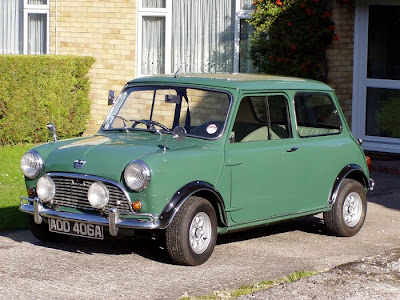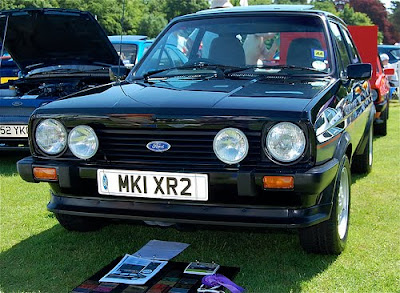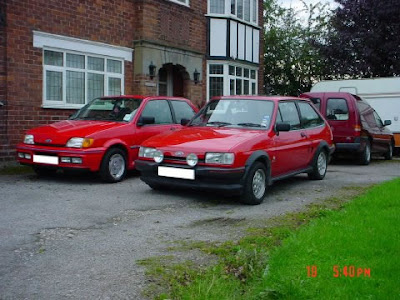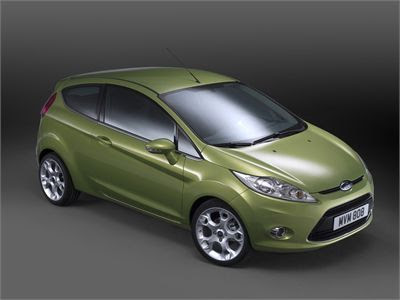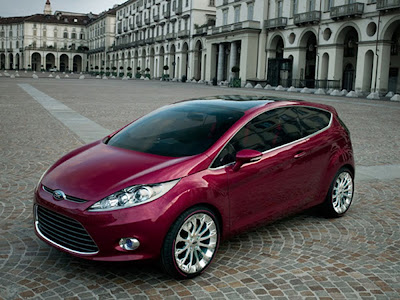Ford Fiesta XR2 Cars - The Essential Modifying Guide Part 4
Ford Fiesta XR2 Cars - The Essential Modifying Guide Part 4
Past this, the possibilities of tuning kit are more pick 'n' mix than the sweet counter at Woolies. Here are a few ideas from Andrew Weston at Cylinder Head Developments.
Go for a gas-flowed head, with standard valves for about £235 (including VAT), add in a BFT3 or A2 cam kit (£170) and the roller should show over 100 bhp. To make it up to 120 bhp, spend £300 on a well ported head, fit a Kent 224 mild/fast road cam kit (£200) and lighten up the internals. Lightening and balancing the crank, conrods, pistons and front pulley should set you back about £100, with another £70 to get the flywheel just right.
Go for a gas-flowed head, with standard valves for about £235 (including VAT), add in a BFT3 or A2 cam kit (£170) and the roller should show over 100 bhp. To make it up to 120 bhp, spend £300 on a well ported head, fit a Kent 224 mild/fast road cam kit (£200) and lighten up the internals. Lightening and balancing the crank, conrods, pistons and front pulley should set you back about £100, with another £70 to get the flywheel just right.













